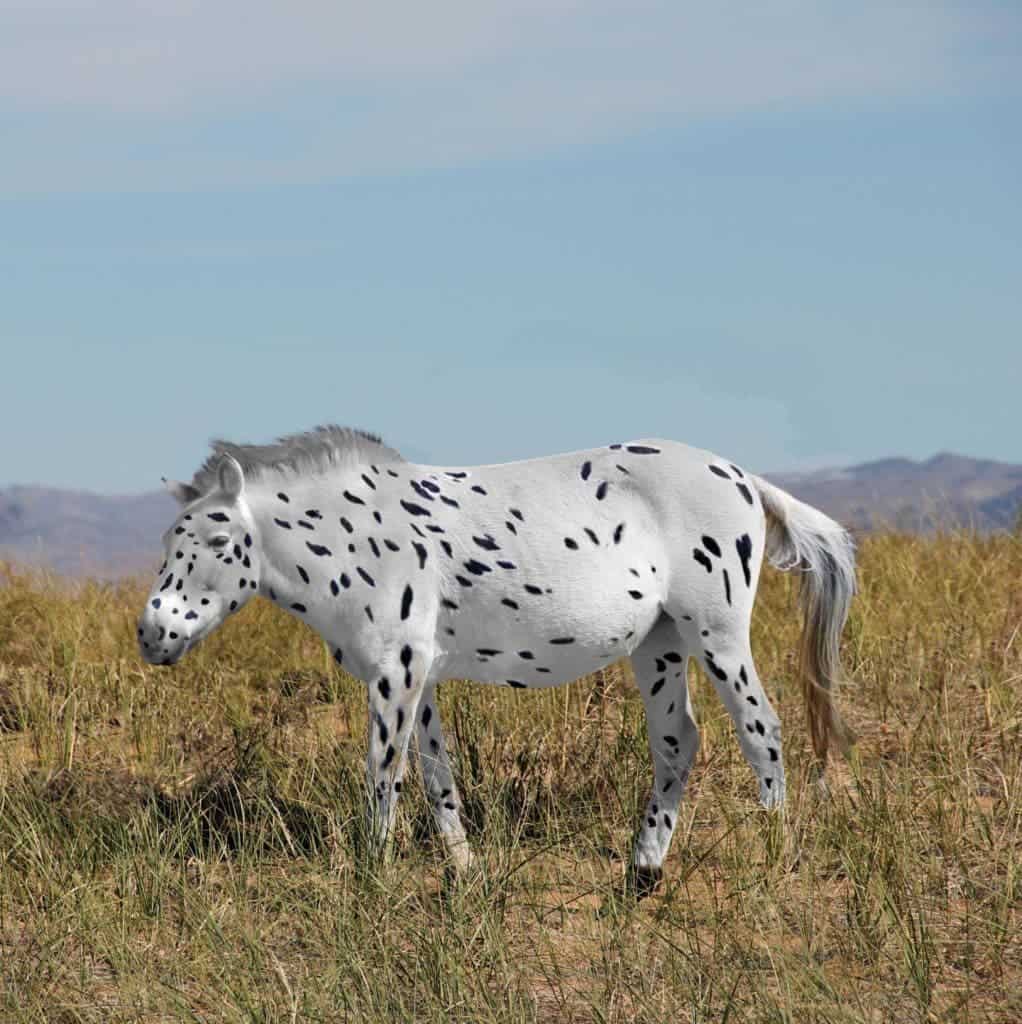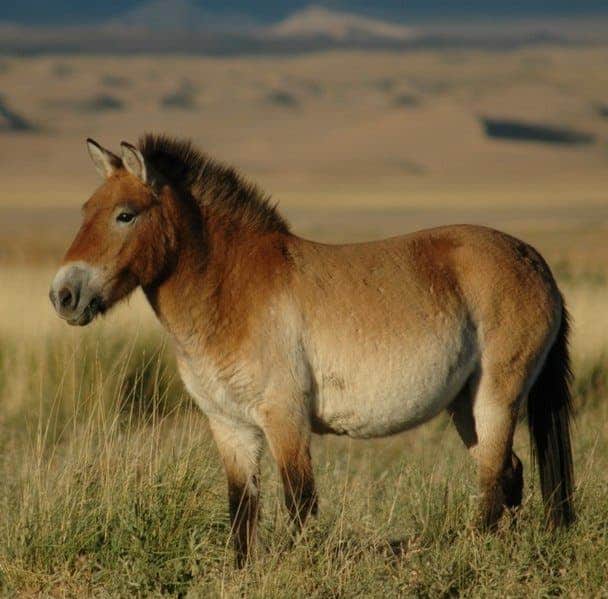Using genetic and archaeological data, researchers are painting a new picture of these animals evolved and were domesticated. The old theory, it seems, was a bit hoarse.
Wait… leopard spots?!

The earliest evidence of horse domestication comes from around 5,500 years ago. Existing evidence suggests that these horses were first domesticated by the Botai — an ancient culture (c. 3700–3100 BC) from today’s Kazakhstan. The Botai people were connected to their horses, and we know they did domesticate the animals. We don’t know if they were the first to do so, but they’re the best candidate archaeologists have found so far. It has also been suggested that these Botai horses are the progenitors of all modern domesticated breeds found worldwide. But this study found otherwise.
The team of researchers analyzed the genome of 22 horses whose lives collectively span the last 4,100 years. They found that none of them are descended from Botai horses, but they did find something else that’s shocking: the Botai horses were actually the direct ancestors of Przewalski’s horses — the only breed of horses that’s still truly wild and was never domesticated. So instead of the domesticated horses deriving from today’s wild horses, it’s the other way around.

Ludovic Orlando Professor of Molecular Archaeology at the University of Copenhagen, Denmark and Research Director at the CNRS, University of Toulouse, France, said:
“Our findings literally turn current population models of horse origins upside-down: what we used to understand as the last wild horse on earth is in fact the descendant of the earliest domestic horses, which simply escaped human pressure and became feral during the last few millennia.”
The study indicates that domesticated animals can become wild once again, and in the process, they can change other characteristics as well. For instance, evidence suggests that some Botai horses had a characteristic leopard spot pattern, which Przewalski’s horses lost at some point in their evolution. The selective pressure exhibited by humans during the domestication process can speed up and intensify this process. Just think of how different all the dog breeds are — and they’re just breeds, not even different subspecies. Orlando suspects allele responsible for this coloration was probably eliminated by natural selection as it also caused night blindness.

A sad story
So, this still leaves us with the question of the population that rise to today’s equines. It is nearly impossible to uncover the earliest stages of domestication through genetic analysis alone because of the selective pressure imposed by humans.
As for the horses themselves, there is a sad irony to their story. While they greatly enhanced the survival chances of human populations, this partnership did little for the horses. Ancient populations like the Botai grew them for meat, milked them, and even used them to hunt other horses. Professor Outram said:
“There is a lot of evidence in the archaeological record demonstrating that Botai horses were husbanded. It is not just horse meat that Botai people consumed, but also mare’s milk. It was essential to Botai people to manage the horse resource as it provided the basis of their subsistence strategy. Probably horses were even first domesticated at Botai because horse riding somehow facilitated horse hunting.”
However, this study also paints out a glimmer of hope for the horses: some of them got out and moved on to become Przewalski’s horses and become completely wild. Unfortunately, Przewalski’s horses are currently endangered. At one point extinct in the land, they were recently reintroduced to their native habitat in Mongolia. Every Przewalski horse presently living is descended from 9 of the 13 horses captured in 1945; however, there is a free-ranging population estimated at 300 horses. There is also a wild population in the Chernobyl Exclusion Zone protected from interference by humans, which is thought to be growing.
Journal Reference: Gaunitz et al. “Ancient genomes revisit the ancestry of domestic and Przewalski’s horses”. Science, DOI: 10.1126/science.aao3297






